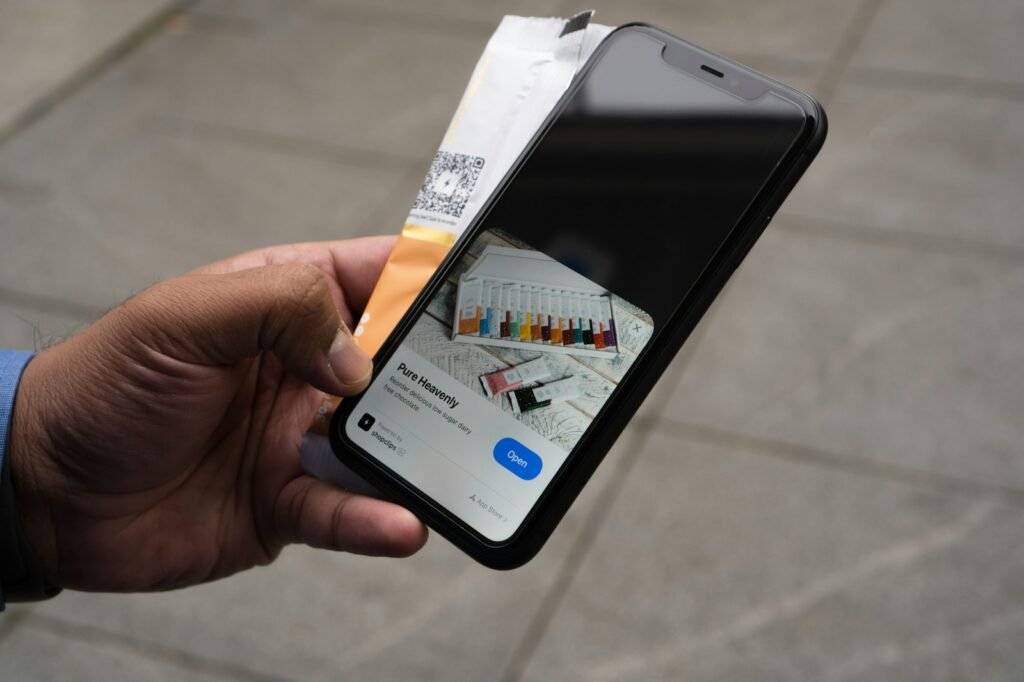The rise of mobile devices and local search has changed the way businesses operate. Today, customers expect to find businesses in their vicinity easily, and they use their mobile devices to do so.
This comprehensive guide provides businesses with a roadmap to improve their local search visibility and drive foot traffic. It covers all aspects of local search, including optimizing your website for local search, managing your online reputation, and promoting your business through local search advertising.
Understanding Local Search Behavior
Understanding local search behavior is crucial for optimizing local search efforts. Local search behavior differs significantly from general search patterns because customers often use specific keywords that are relevant to their location. For example, a customer might search for “coffee shop near me” or “plumber in [city].” These location-specific keywords can be very valuable for local businesses that want to rank higher in local search results.
Optimizing Google My Business Listings
Google My Business (GMB) is a vital tool for local businesses. Optimizing GMB listings involves:
- Completing all business information accurately
- Choosing relevant categories and adding attributes
- Uploading high-quality photos and videos
- Getting reviews from customers
- Responding promptly to messages
Maximizing Online Visibility with SEO
On-page SEO techniques play a significant role in local search. Including location-specific keywords in website content, optimizing page titles and meta descriptions, and building high-quality backlinks from local sources can enhance visibility.
Off-page SEO, such as local directory listings and social media engagement, can also boost rankings. By consistently sharing relevant content and interacting with customers online, businesses can improve their local search presence.
Leveraging Local Directories and Citations
Local directories and citation websites provide valuable backlinks and help businesses appear in local search results. Registering on platforms like Yelp, Foursquare, and local business directories is essential for boosting visibility.
Building a Strong Social Media Presence
Social media platforms like Facebook and Instagram offer opportunities to connect with local customers. Posting regular updates about business news, events, and promotions can increase brand awareness and drive traffic to the website.
Utilizing Paid Advertising for Local Targeting
Paid advertising platforms like Google Ads and Facebook Ads allow businesses to target potential customers in their specific geographic area. Utilizing location-based targeting and relevant ad copy can effectively reach local audiences.
Measuring and Analyzing Local Search Performance
Tracking local search performance is crucial for continuous improvement. Using tools like Google Analytics and Google Search Console, businesses can monitor website traffic, track keyword rankings, and identify areas for optimization.
Best Practices for Local SEO and Marketing
- Focus on providing a seamless user experience on both desktop and mobile devices.
- Encourage customer reviews and testimonials on local platforms.
- Monitor competition and stay updated on local search trends.
- Collaborate with local businesses and influencers for cross-promotion.
- Stay consistent with branding and messaging across all online channels.
Getting found online by local customers is a critical goal for many businesses. But it is not an easy task. It requires a multifaceted approach that encompasses local SEO, directory listings, social media engagement, and paid advertising.
To be successful, businesses must implement these strategies and continuously analyze their performance. By doing so, they can significantly improve their local search visibility and drive more foot traffic to their physical locations.




